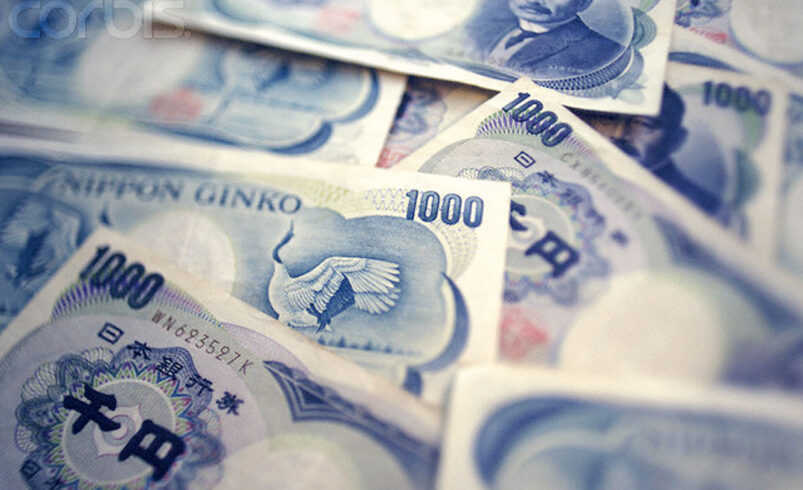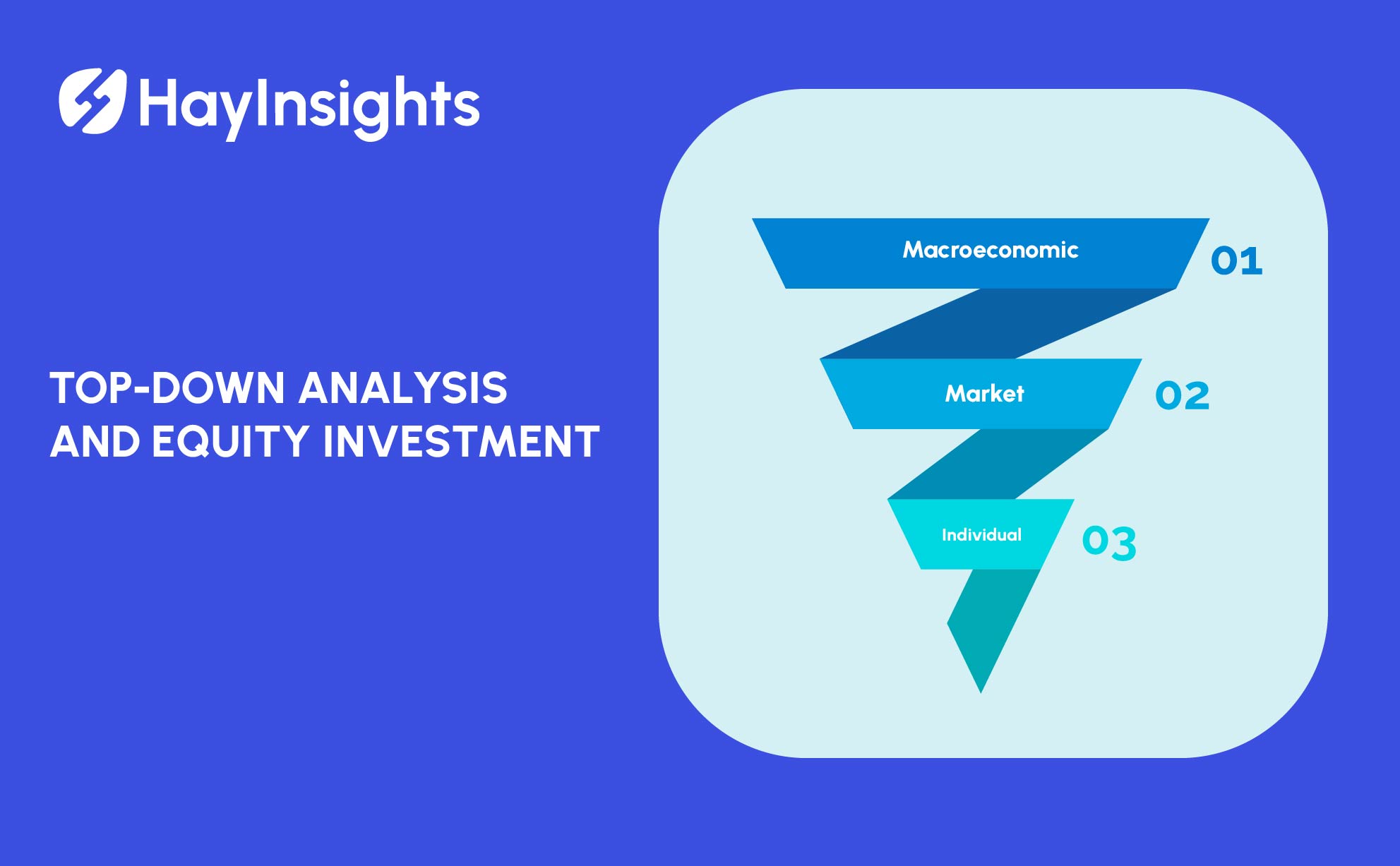
日本のCGPI上昇:2025年のインフレと経済シフトの強力な指標
日本経済は数多くの金融指標と産業指標によって形作られており、それぞれが政策立案、ビジネス戦略、経済予測において重要な役割を果たしています。インフレと生産コストの動向を測る最も重要な指標の 1 つが、日本における企業物価指数 (CGPI) です。この指数は企業間で取引される商品の価格を追跡し、インフレ圧力が消費者に伝わる前に早期警告システムとして機能します。日本の産業基盤が強固で原材料の輸入に依存していることを考えると、この指数を監視することは、日本の経済情勢の変化を理解するために不可欠です。
日本のCGPIとは何ですか?
企業物価指数 (CGPI) は、消費者に直接販売される商品ではなく、企業間で交換される商品の価格変動を測定します。日本銀行 (BOJ) が毎月発行するこの指数は、原材料、中間財、卸売製品のコストの変化を反映しています。世帯に影響を与える小売価格を追跡する消費者物価指数 (CPI) とは異なり、CGPI はサプライ チェーンの初期段階に焦点を当てています。これは、最終的に消費者価格に影響を与える可能性のあるインフレ傾向を特定する上で重要な役割を果たします。
日本の CGPI は、米国などの他の国で使用されている生産者物価指数 (PPI) に似ています。企業物価の変動を分析することで、経済学者、政策立案者、企業は経済全体の変化を予測し、それに応じて戦略を調整することができます。
日本におけるCGPIの構成要素
日本のCGPIは3つの主要なサブ指数に分かれており、それぞれが企業財市場の異なる側面を捉えています。
1. 国内企業物価指数(DCGPI)
DCGPI は、日本国内で生産・販売される商品の価格変動を測定します。国内市場の需要と供給の動向を反映し、日本の製造業者が直面するコスト圧力についての洞察を提供します。この指数が上昇すると、生産コストが増加し、それが消費者に転嫁され、インフレにつながる可能性があります。逆に、指数が下がれば、コスト圧力が軽減され、価格の安定につながる可能性があります。
2. 輸出物価指数
このサブ指数は、海外で販売される日本製品の価格変動を追跡します。これは、世界市場における日本の競争力を理解する上で特に重要です。輸出価格指数が上昇すると、日本製品に対する世界的な需要が高まったか、生産コストが増加した可能性があります。ただし、円が他の通貨に対して高くなると、日本の輸出品は高価になり、国際的な需要が減少する可能性があります。
3. 輸入物価指数
日本は輸入原材料やエネルギーに依存しているため、輸入物価指数は外部コストの変動が国内産業に与える影響を評価する上で重要な役割を果たします。輸入価格の上昇は企業の生産コストを増大させ、卸売価格や小売価格の上昇につながります。このサブ指数は、特に世界的な商品価格の変動や通貨の下落の時期には、注目されています。
日本のCGPIが重要な理由とは?
1. 先行指標 インフレーション
インフレは消費者レベルで始まるのではなく、生産段階から始まります。日本の CGPI はインフレ傾向の早期指標として機能し、政策担当者が積極的な対策を講じることを可能にします。企業物価が急上昇した場合、企業が利益率を維持するために消費者物価をすぐに引き上げる可能性があることを示唆しています。日本銀行は金融政策を設定する際にこの指数を注意深く監視し、インフレを抑制するために金利を調整しています。
2. 事業計画とコスト管理
企業にとって、日本の CGPI はコストの傾向に関する貴重な情報を提供します。企業はこの指数を使用して原材料コストの変化を予測し、価格戦略を調整できます。たとえば、鉄鋼や半導体などの主要原材料の卸売価格が大幅に上昇した場合、メーカーは収益性を維持するために製品価格を引き上げるか、代替サプライヤーを探す必要がある場合があります。
3. 為替レートと貿易の影響
日本経済は世界貿易と深く結びついており、為替レートは日本のCGPIの重要な要素となっています。円安は輸入コストを増大させ、輸入物価指数を上昇させ、国内価格の上昇につながる可能性があります。一方、円安は日本の輸出競争力を高め、企業の海外進出を後押しします。為替レートとCGPIの関係は、日本が国際経済の変動に敏感であることを浮き彫りにしています。
4. 金融政策と金利
日本銀行は、金利や流動性対策を決定する際に、CGPIの動向を考慮します。卸売物価が急激に上昇した場合、中央銀行はインフレを抑制するために金利を引き上げ、金融政策を引き締める可能性があります。逆に、指数が下がった場合、デフレ圧力の兆候となり、日銀は経済活動を促進するための刺激策を実施する可能性があります。
日本におけるCGPIの最近の動向
近年、日本のCGPIは、世界的および国内的なさまざまな要因により変動しています。COVID-19パンデミックによるサプライチェーンの混乱により、原材料不足や輸送費の高騰が企業に影響を与え、卸売価格が急騰しました。さらに、地政学的緊張の影響を受けたエネルギー価格の上昇は、日本企業の生産コストの上昇につながりました。
最近では、日本円の下落が輸入価格に大きな影響を与えています。日本は燃料や原材料の輸入に大きく依存しているため、通貨が下落すると企業のコストが増加し、輸入価格指数が上昇します。この傾向は、海外で日本製品が手頃な価格になるため輸出業者に利益をもたらしますが、国内ではインフレリスクも高まります。
これらの課題に対処するため、日本銀行は、経済成長を支えると同時に過度なインフレを防止するために金融政策を慎重にバランスさせてきました。このような状況において、日本における CGPI の監視は、企業がコスト圧力にどのように対応しているかについての洞察を提供するため、さらに重要になっています。
課題と今後の展望
今後の軌道 CGPI in Japan 世界経済の状況、通貨の動向、国内政策の決定など、さまざまな要因に左右されます。主な課題としては、次のようなものがあります。
1. エネルギーと商品価格の変動
日本はエネルギー需要の大部分を輸入しているため、世界の石油・ガス価格の変動の影響を受けやすい。これらの価格が急騰すれば生産コストが上昇し、CGPIが上昇する。
2. サプライチェーンの安定性
半導体不足や物流のボトルネックなど、世界的なサプライチェーンの混乱は卸売価格に重大な影響を及ぼす可能性があります。安定したサプライチェーンを確保することは、コスト圧力を抑制するために極めて重要です。
3. 金利政策
日本銀行は長年にわたり超緩和的な金融政策を維持してきたが、インフレ圧力により調整を余儀なくされる可能性がある。金利の変動は企業コストや投資判断に影響を及ぼし、日本のCGPIに影響を及ぼす可能性がある。
4. 為替レートの変動
円安が続けば輸入コストがさらに上昇し、インフレ圧力につながる恐れがある。政策当局は経済を安定させるために為替介入や政策調整を検討する必要がある。
結論
日本の CGPI は、企業、政策立案者、アナリストが企業部門のコスト動向を理解する上で重要な経済指標です。卸売価格の動向を追跡することで、インフレ圧力、為替レートの影響、経済全体の健全性に関する貴重な洞察が得られます。日本が世界的なインフレ、サプライ チェーンの混乱、金融政策の転換などの課題を乗り越えていく中で、企業物価指数の監視は、情報に基づいた経済的意思決定を行う上で引き続き不可欠なものとなります。
企業や投資家にとって、日本のCGPIの最新情報を把握しておくことは、コスト構造や市場状況の変化に適応する上で、競争上の優位性を獲得するのに役立ちます。生産コストの評価、価格戦略の計画、経済政策の評価など、この指数は日本の経済の将来を形作る上で重要な役割を果たします。













